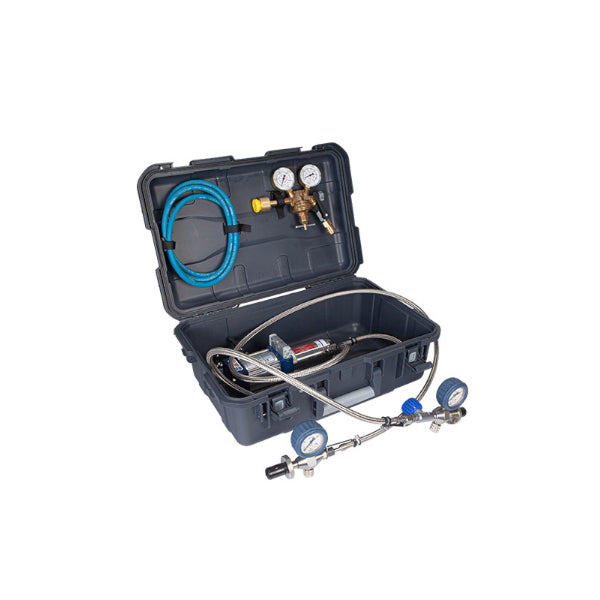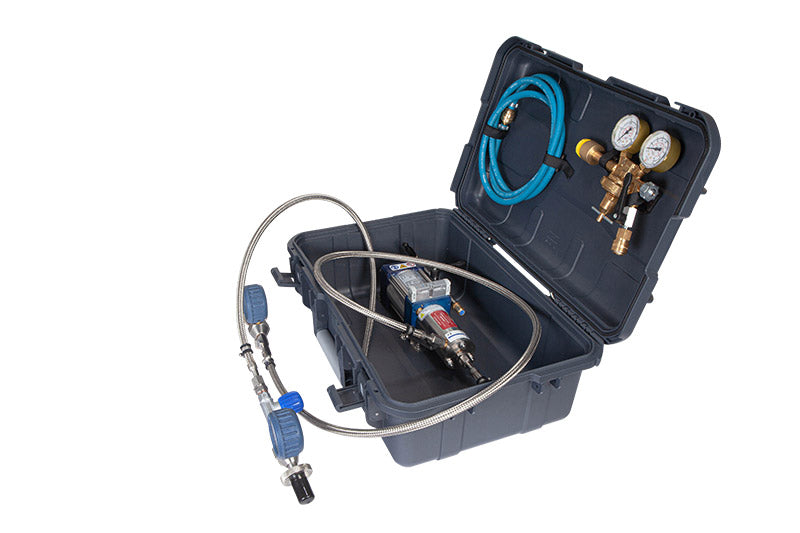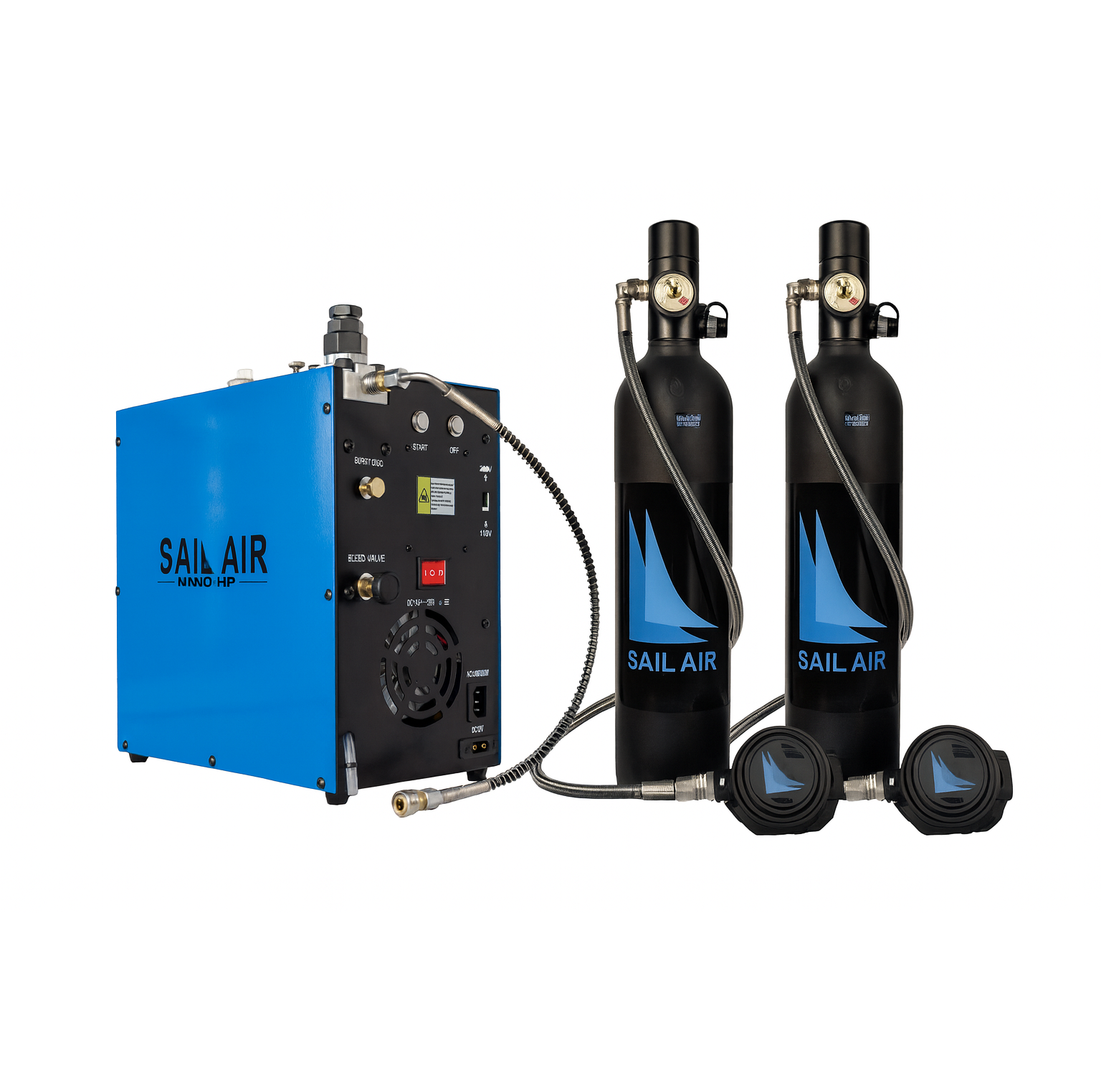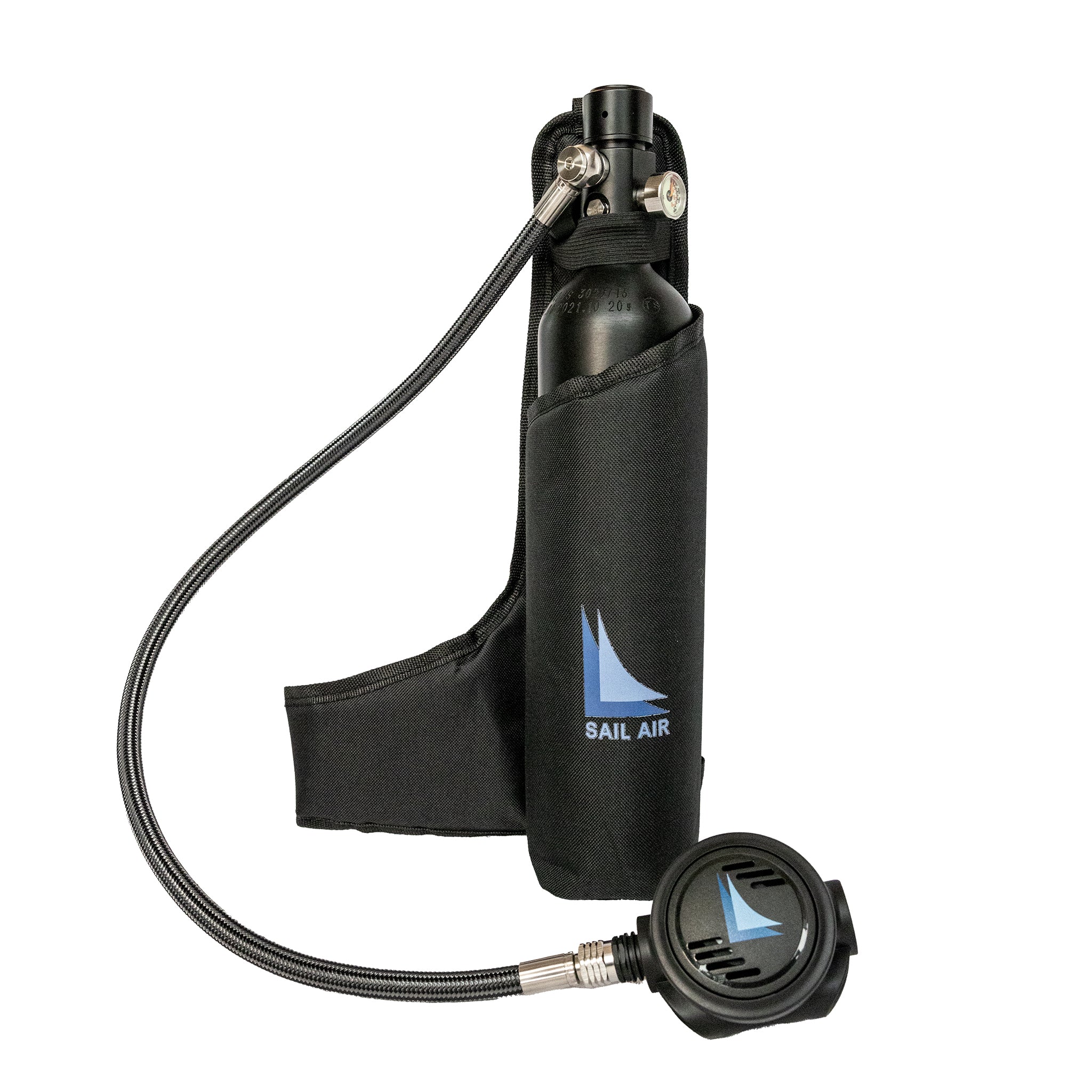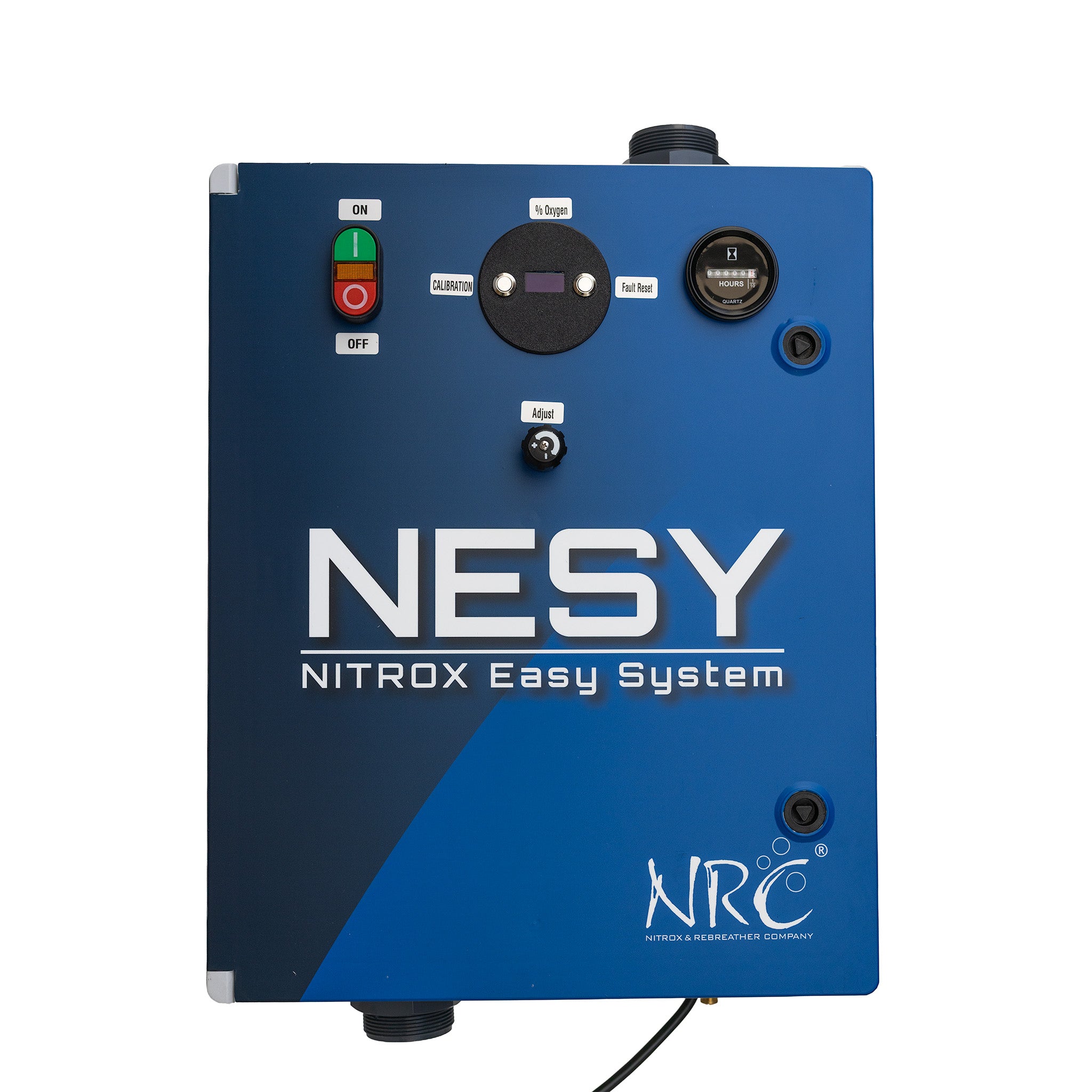Have you ever tried to top up your dive tank only to find that the pressure in your oxygen or helium cylinder wasn’t enough to push the gas across? The supply still holds valuable gas, but without the right tool, it just goes to waste. This is the exact problem a gas booster solves.
Unlike a compressor, which creates pressure from scratch, a booster takes existing pressure and amplifies it, transferring every last bit of gas safely and efficiently. In this article, you’ll learn what a gas booster is, how it works, and why it has become an essential tool for technical divers and dive centers worldwide.
What is a Gas Booster?
A gas booster is a tool that lets you transfer gas from a lower-pressure supply cylinder into a higher-pressure receiving cylinder. In simple terms, it allows you to fill a tank that still needs more pressure by using gas from a cylinder that has less.
For example, imagine you have a 50-liter helium storage tank with only 30 bar left. Without a booster, that remaining helium would go to waste. With a booster, you can safely move that gas into a Trimix cylinder from a previous dive, such as one containing 21 percent oxygen and 35 percent helium, until you reach the pressure you need after calculations.
Gas Booster Vs. Air Compressor: A Fundamental Difference
An air compressor starts with fresh air from the atmosphere. It pulls air in at normal pressure and works to create high-pressure gas from nothing.
A gas booster cannot do that. It does not take air from the environment. Instead, it needs a cylinder that already contains pressurized gas, like oxygen or helium. The booster’s job is simply to push that gas into another tank and raise it to a higher pressure.
In short:
-
An air compressor creates pressure.
-
A gas booster increases existing pressure.
This is why divers need both. Compressors fill tanks with air, while boosters make it possible to transfer every last bit of oxygen or helium from a supply cylinder without waste.
How a Booster Multiplies Pressure

A gas booster makes it possible to move gas from a cylinder with lower pressure into one with higher pressure. For example, imagine a 50-liter helium storage tank with only 30 bar left. On its own, that helium cannot flow into your Trimix tank.
With a booster, you can transfer that remaining gas into the Trimix cylinder (say 21 percent oxygen and 35 percent helium) until you reach the exact pressure you need. Afterward, oxygen and finally breathing air can be added to complete the mix.
Boosters can be powered in three simple ways:
-
By a low-pressure workshop compressor (with a water separator to keep the air dry).
-
By a pressure reducer attached to a diving cylinder, adjustable from 0 to 10 bar.
-
By the intermediate pressure from a regulator’s first stage, connected via a BCD inflator hose and adapter.
Because they are portable and versatile, boosters can be used in remote dive locations. They allow precise mixing for Trimix divers and work with all common diving gases, including helium, argon, oxygen, and breathing air.
The #1 Safety Rule for Boosting Oxygen: Go Low and Slow
When working with 100% oxygen, the golden rule is simple: open valves slowly and keep pressure increases gradual. This prevents dangerous heat build-up inside the system.
Why? Going faster or pushing a higher ratio generates intense heat (adiabatic compression). In a pure oxygen environment, that heat can easily cause a fire or explosion. Keeping the transfer slow, cool, and controlled is the cornerstone of safe oxygen handling.
Why Boosters Are Critical For Technical Diving
Gas boosters solve three major challenges in technical diving: safety with oxygen, efficiency with helium, and achieving higher pressures.
1. Safe Handling of Pure Oxygen
Transferring pure oxygen at high pressure is risky. If it is moved too quickly, the gas compresses and creates heat (adiabatic compression). In an oxygen-rich environment, that heat can ignite tiny particles of dust or oil and cause a fire or explosion.
A booster designed for oxygen service is the solution.
-
It's Slow: It transfers the gas slowly and in a controlled way, preventing dangerous heat spikes.
-
It's Clean: The parts are "oxygen clean" (free of contaminants) and made from special, non-reactive materials.
2. Maximum Use of Expensive Gases
Boosters allow divers to efficiently transfer and use every bit of expensive gases, such as helium and oxygen, from supply cylinders into dive tanks, avoiding waste and ensuring cost-effective gas logistics, which is especially important for blends like Trimix.
3. Achieving Higher Pressures and Custom Gas Blends
Standard cylinders have their limits. With a gas booster, technical divers can safely reach higher pressures, even when working with partially depleted supply tanks. This increased pressure capability also enables accurate blending of custom gas mixes, which is crucial for deep, mixed-gas, or long-duration dives.
Smarter Gas Blending Solutions for Modern Dive Centers
A gas booster is not just another piece of equipment. It is the foundation of safe, cost-effective, and high-pressure gas blending for technical diving operations. With the right system, you can handle oxygen with confidence, stretch every helium cylinder to its limit, and achieve fills that standard compressors cannot deliver.
Choosing the right booster depends on your fill volume, gas mixes, and compressor setup, but you don’t have to navigate that alone. NRC International brings decades of expertise in designing booster systems that meet the highest safety standards. Proudly built in Germany, each unit is engineered for durability, clean operation, and reliable performance in even the most demanding dive environments.
Explore NRC’s booster pumps and find the perfect fit for your dive center’s needs!

